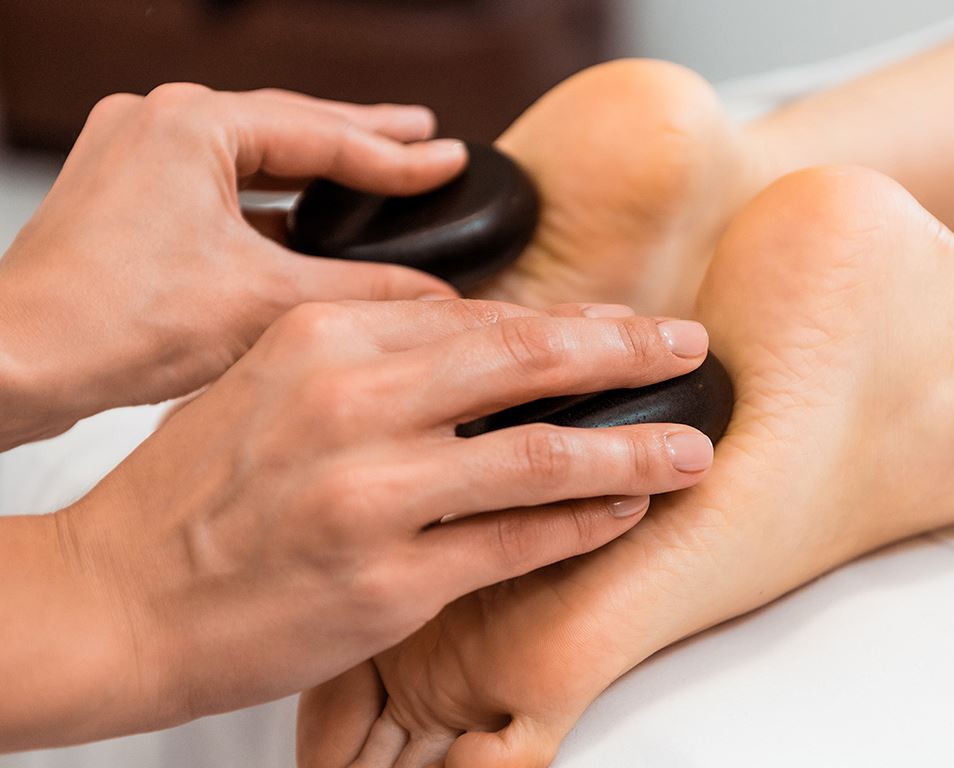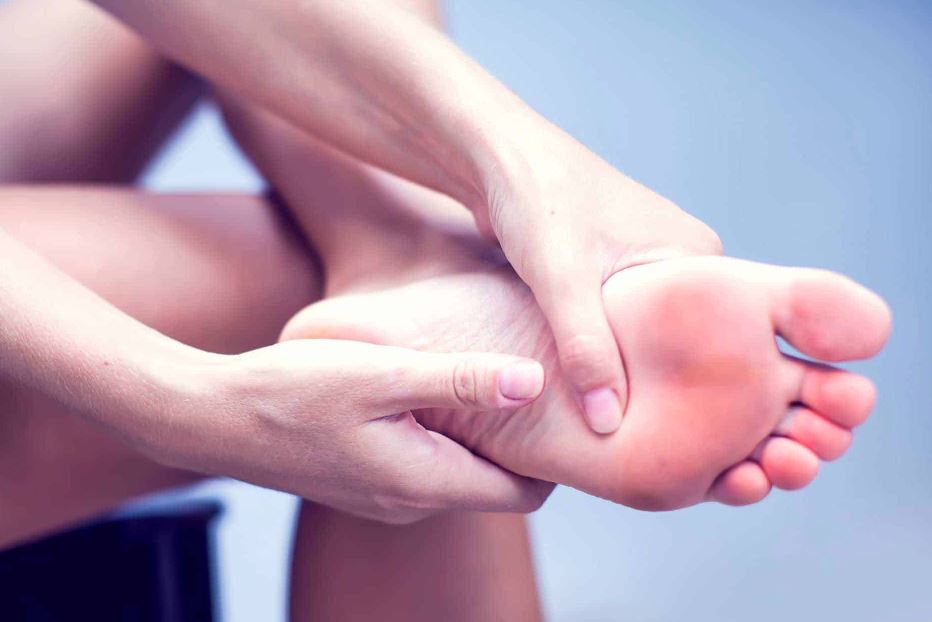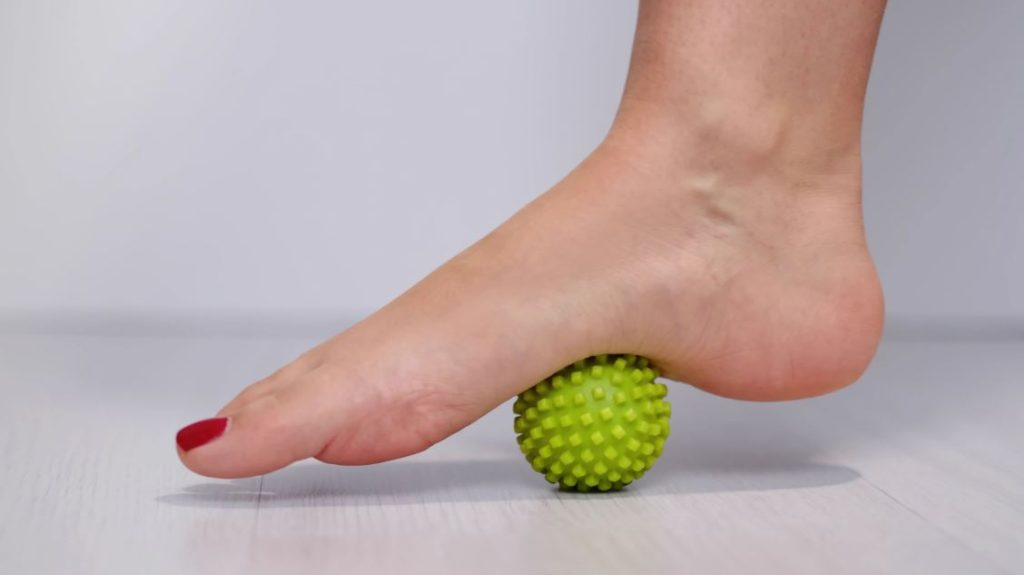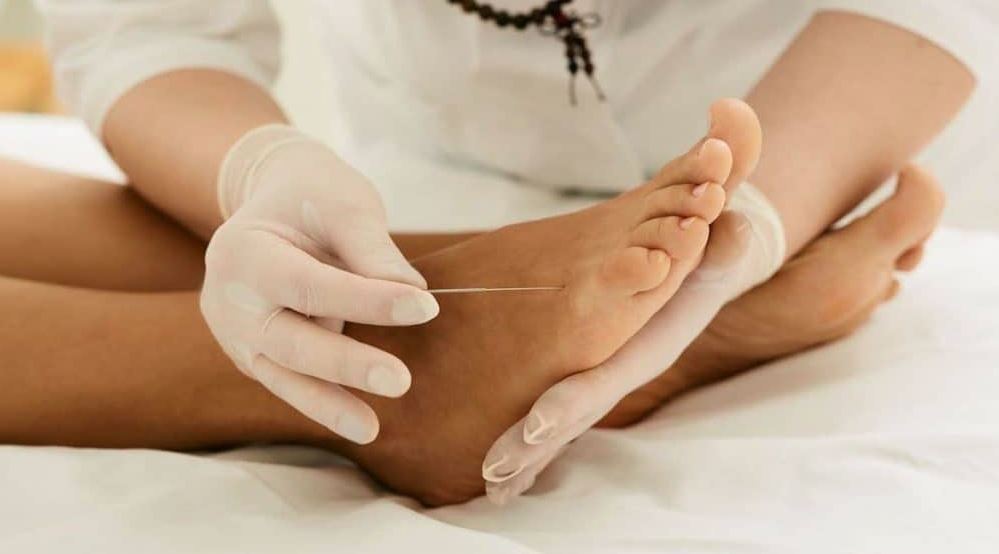Soothing Sole: How Hot Stone Massage Relieves Foot Pain and Tension
Foot pain and tension are common ailments that can significantly impact a person’s daily life and overall wellbeing. From standing for extended periods to wearing ill-fitting shoes, the stress we put on our feet can lead to discomfort and various related issues.
However, various remedies are available to alleviate these symptoms, and among them, hot stone massage stands out as a particularly effective option. Originating from ancient healing practices, hot stone massage utilises smooth, heated stones to relax muscles, improve circulation, and release tension throughout the body, with particular benefits for the feet.
This blog post aims to delve into hot stone massage, exploring how this soothing therapy can relieve foot pain and tension, enhance flexibility, and contribute to an overall sense of wellbeing. Whether you’re a busy professional on your feet all day or someone dealing with chronic foot pain, understanding the therapeutic advantages of hot stone massage can be the first step toward happier, healthier feet.
Understanding Foot Pain and Tension
Common Causes of Foot Pain and Tension
- Overuse: One of the most prevalent reasons for foot pain and tension is the excessive use of foot muscles, often due to standing or walking for extended periods. Athletes, teachers, and retail workers are particularly prone to this type of stress on their feet.
- Ill-fitting Shoes: Wearing shoes that do not provide proper support or are too tight can lead to foot pain and tension. High heels, for example, put excessive pressure on the front of the foot and can cause long-term damage.
- Medical Conditions: Various medical conditions, such as plantar fasciitis, which is an inflammation of the band of tissue that connects the heel bone to the toes, and arthritis, can contribute to foot pain and tension.
Foot pain and tension can severely impact a person’s quality of life. Difficulty in walking can lead to a reduction in physical activity, which in turn can contribute to a host of other health issues. Furthermore, chronic pain can lead to psychological stress, impacting a person’s mental health.
Common methods to relieve foot pain and tension include rest, ice, compression, and elevation. Over-the-counter pain medications and foot orthotics are also frequently used. Physical therapy and exercises to strengthen the foot muscles can also provide relief.
Hot Stone Massage: An Overview
Hot stone massage has its roots in ancient healing practices. Cultures worldwide have used heated stones for centuries to improve health and wellbeing. Native Americans, for example, used hot stones in their healing practices.
How it Works
- Types of Stones Used: Basalt rocks, which are rich in iron and retain heat well, are commonly used in hot stone massages.
- The Heating Process: The stones are heated in water to a temperature that is warm but not hot enough to cause discomfort or burns, typically between 130-145 degrees Fahrenheit.
- Massage Techniques: The therapist places the warm stones on specific body parts, including the feet, and uses them to massage the muscles, applying pressure and using strokes that flow toward the heart to improve circulation.
Hot stone massage offers several other benefits. It promotes relaxation, helps to reduce stress, improves circulation, and can lead to a better night’s sleep.
How Hot Stone Massage Relieves Foot Pain and Tension
The heat from the stones helps to expand blood vessels, which improves circulation and allows more oxygen to get to the muscles. This enhanced blood flow helps to relieve muscle tension and can reduce pain.
The warmth from the hot stones relaxes muscles, making them more pliable and less prone to spasms or cramping. This is particularly beneficial for the muscles in the feet, which bear the brunt of our body weight and are prone to tension.
Improved circulation also aids in the removal of metabolic waste products from the muscles and tissues. This detoxifying effect can reduce muscle soreness and contribute to overall foot health.
The combination of heat and massage reduces pain by soothing muscle tension and inflammation. Many people report immediate relief from foot pain after a hot stone massage.
The calming effect of a hot stone massage extends beyond the physical, also helping to reduce stress and anxiety. The warm stones and gentle massage create a sense of comfort and relaxation that can contribute to improved mental wellbeing.
The relaxation of muscles through hot stone massage can increase flexibility and range of motion in the feet. This is particularly beneficial for individuals with conditions like plantar fasciitis, which can cause stiffness and reduced foot mobility.
Practical Tips for Hot Stone Massage
Finding a Qualified Therapist
- Do thorough research to find a therapist who is experienced and certified in hot stone massage.
- Check their credentials, read client reviews, and perhaps ask for a consultation before booking a session.
- Ensure they follow proper sanitation protocols and have a clean, safe working environment.
What to Expect During a Session:
- The therapist will conduct a brief health assessment to ensure that hot stone massage suits you.
- You’ll lie on a massage table, and the therapist will place heated stones on specific areas of your feet, adjusting the temperature to ensure comfort.
- The therapist will use a combination of hot stones and their hands to massage your feet, relieving tension and promoting relaxation.
Aftercare and Maintenance:
- Drink plenty of water after the session to help flush out toxins released during the massage.
- You may feel soreness in your feet; this is normal and should subside within a day or two.
- Consider soaking your feet in warm water at home to extend the benefits of the massage.
Frequency of Sessions for Optimal Results:
- The ideal frequency of sessions depends on your individual needs and the severity of your foot pain and tension.
- For chronic issues, you might find weekly or bi-weekly sessions beneficial.
- Work with your therapist to develop a treatment plan that suits your schedule and budget.
Precautions and Considerations
Who Should Avoid Hot Stone Massage
- Individuals with specific medical conditions such as heart disease, skin conditions, or acute injuries should consult with a healthcare provider before receiving hot stone massage.
- Pregnant women should seek advice from their healthcare provider, as certain aspects of hot stone massage may not be safe during pregnancy.

Possible Side Effects
- While hot stone massage is generally safe, there’s a risk of burns if the stones are too hot. Ensure your therapist is trained and experienced to minimise this risk.
- Some people may experience temporary soreness, redness, or bruising in the treated areas.
How to Ensure a Safe and Beneficial Experience
- Communicate openly with your therapist about your health history, any current issues with your feet, and your preferences regarding stone temperature and pressure.
- During the session, let your therapist know immediately if you are in discomfort or if the stones feel too hot.
- Trust your instincts; if something doesn’t feel right, don’t hesitate to speak up or stop the session.
Foot pain and tension are common issues that can significantly impact daily life and overall wellbeing, stemming from various causes such as overuse, ill-fitting shoes, and certain medical conditions.
Hot stone massage is a therapeutic practice with ancient roots, utilising heated stones to relax muscles, improve circulation, and release tension.
This form of massage not only alleviates foot pain and tension but also offers many additional benefits, including reduced stress, enhanced flexibility, and improved mental wellbeing.
To reap the maximum benefits, it is crucial to find a qualified therapist, understand what to expect during a session, follow proper aftercare procedures, and determine the right frequency of sessions based on individual needs.
Given its proven effectiveness and holistic approach, individuals suffering from foot pain and tension are encouraged to explore hot stone massage as a potential remedy.
Personal stories and testimonials underscore the transformative impact this therapy can have on physical health and overall quality of life.
Trying hot stone massage could be a step toward unlocking a life free from foot pain, enriched with relaxation and wellbeing.
Hot stone massage is a powerful tool in the battle against foot pain and tension, backed by centuries of practice and countless positive experiences.
Its ability to address the issue from multiple angles—physical, psychological, and holistic—makes it a unique and invaluable therapy.
With the right practitioner and a commitment to self-care, individuals can harness the soothing power of hot stone massage, paving the way to happier, healthier feet and an improved state of wellbeing.
In conclusion, while foot pain and tension can pose significant challenges, hot stone massage emerges as a compelling solution, promising not just relief but a journey toward revitalised health and tranquillity.









